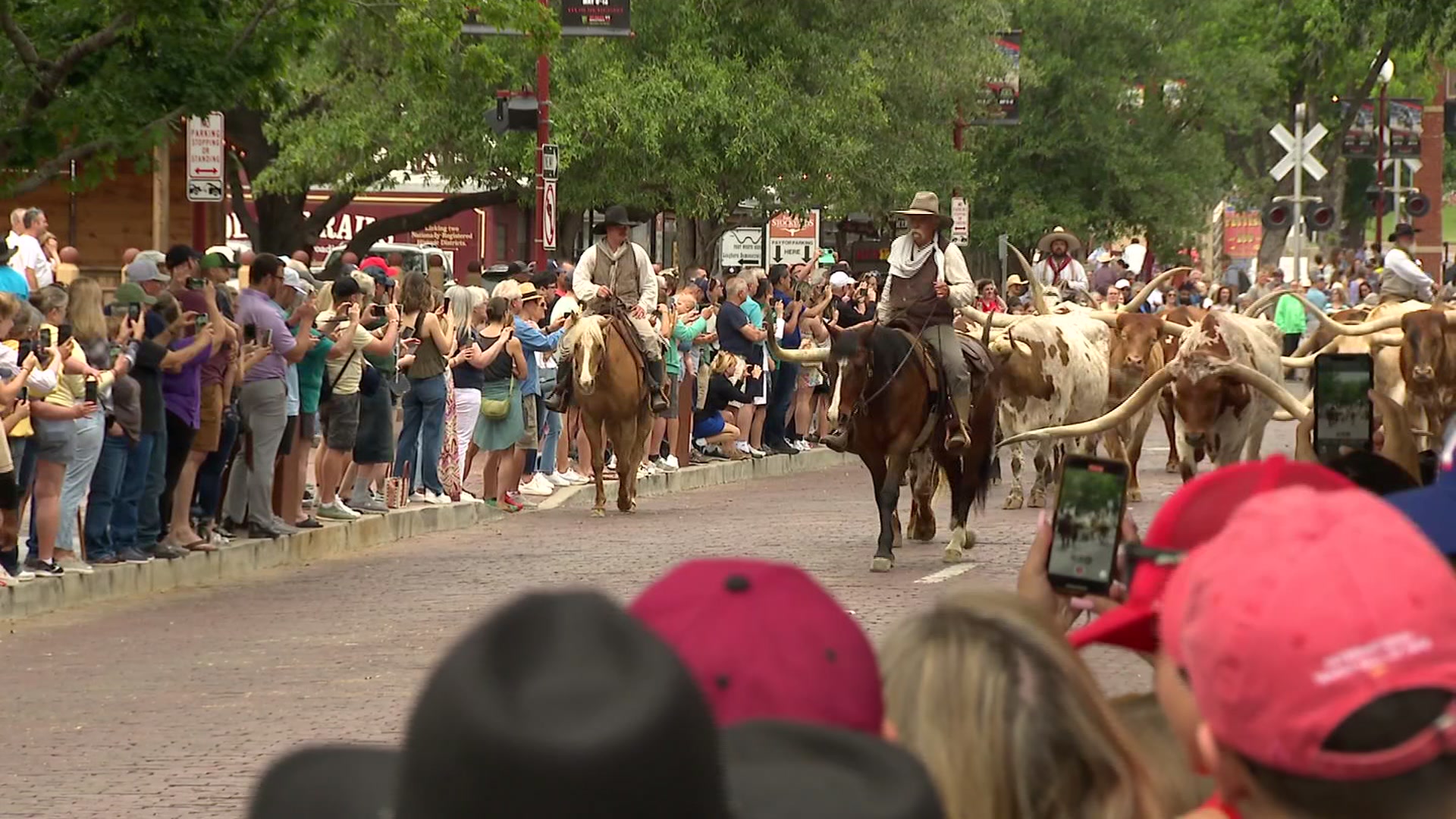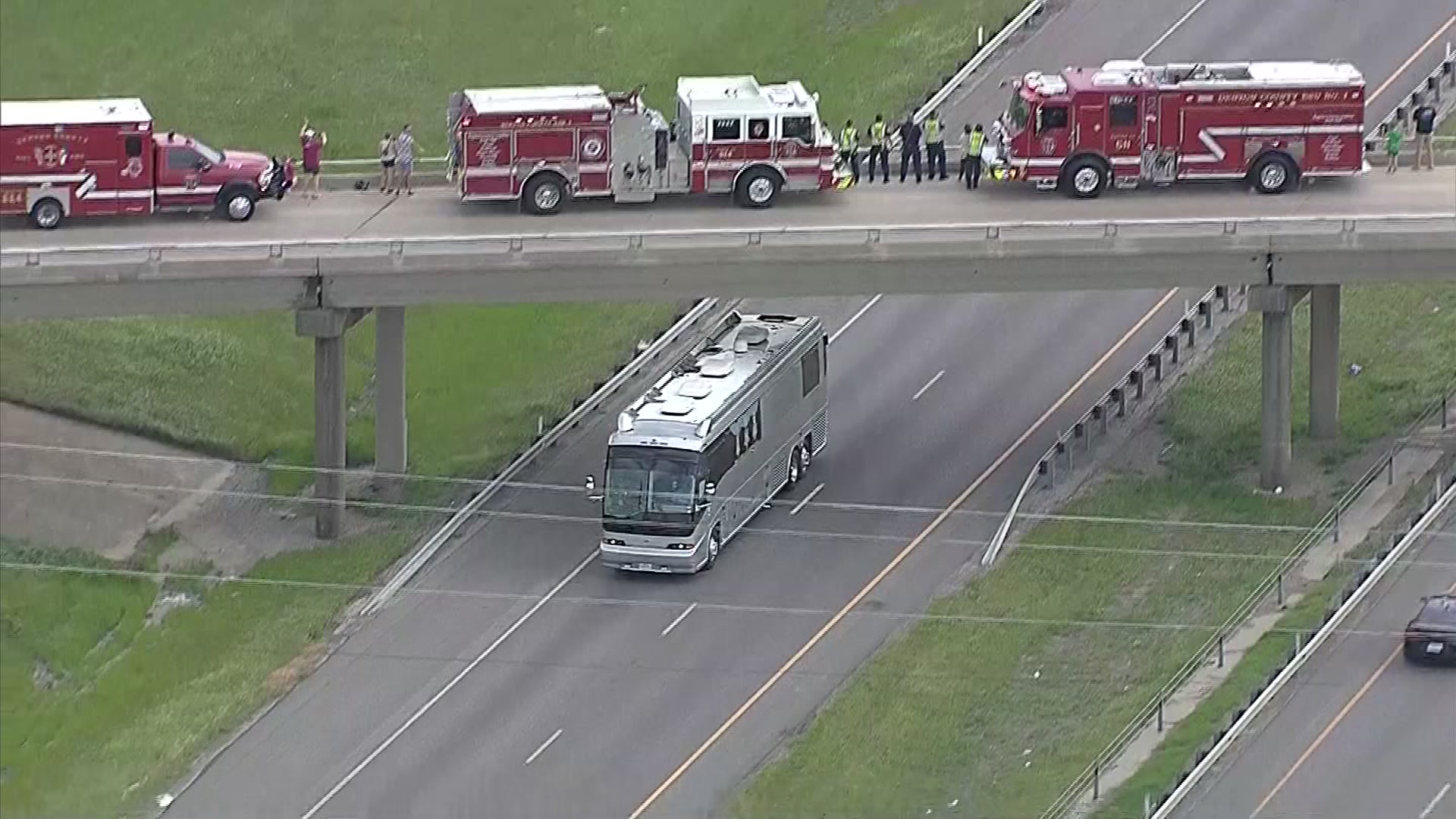Inside a shop, adjacent to an airplane hangar at McKinney National Airport, is a hands-on learning experience for the next generation of pilots, mechanics and aviation professionals.
Students in the McKinney ISD Aviation Academy are spending their first and second periods of class time learning how to work with metal. They learn how to cut it and smooth it before starting their big class project: building an airplane.
The two seat, single engine, low wing plane takes students about two years to build and is part of the junior and senior year project in the aviation program.
“It’s kind of a mind-boggling thing to realize, like I’m going to build this,” said junior Sarah Evans, pointing to the Van’s Aircraft RV-12 the last class finished in 2017.
Evans wants to be a pilot in the Navy or the Air Force with the goal of eventually joining NASA.
One of her classmates, a senior named Gabriel Hatton, is already on his way to getting a private pilot’s license. As other students work with metal in the shop, Hatton studies with a pilot who volunteers to mentor the students.
“It’s an amazing thing that they’re doing, teaching kids not just about being a pilot but different aspects of aviation,” said Jason Erickson, a pilot who flies jets for Texas Instruments.
Local
The latest news from around North Texas.
“It’s awesome to be able to know someone in the field who can always give me advice,” said Hatton.
The teen is also in an air club where he’s racking up flight time while spending class time studying the fundamentals.
“Especially going into the airlines, everyone will tell you it’s all seniority-based and getting into it as young as I can is probably the best thing,” explained Hatton. “I’m going to have my license before I graduate from high school.”
The McKinney ISD Aviation Academy launched in 2011 with around 40 students. Today, there are 226 students from all three McKinney high schools enrolled.
The program is growing at a time when the airline industry is facing shortages in qualified pilots, mechanics and air traffic controllers.
Boeing projects North America could need more than 200,000 new pilots over the next 20 years and almost as many technicians (189,000).
Regional airlines and flight instruction schools may see the most drastic shortages.
“We need to get down to the high school level because the pipeline needs to start there,” said McKinney National Airport Director Ken Carley.
He says the airport has added around 200 jobs over the last eight years.
“There’s companies that are interested in coming here and they’re going to need A&P mechanics they’re going to need pilots. As we grow, there’s going to be more opportunity for employment right here, as well.”
Carley said the airport is in discussions to expand the high school program by building a dedicated site for students to work.
The students practice flying on table-top simulators, purchased with a grant from American Airlines. The airline also partners with the district to serve on its Career and Technical Education Aviation Advisory Council.
The plane that students will build is donated by Eagle’s Nest Projects, a non-profit dedicated to introducing high school students to a hands-on learning experience.
While some students are planning to pursue aviation in the future, others are learning how math, science and problem-solving apply in real-world scenarios.
“Whether or not they go into the aviation field, the fact that they’re learning skills and abilities and independent mind-sets will make them successful in anything they do going forward,” said Aviation Academy teacher Todd Curtis.
“Every kid comes into it with their own passion, their own interest,” said Curtis. “My job is to focus that and help them along the way.”



